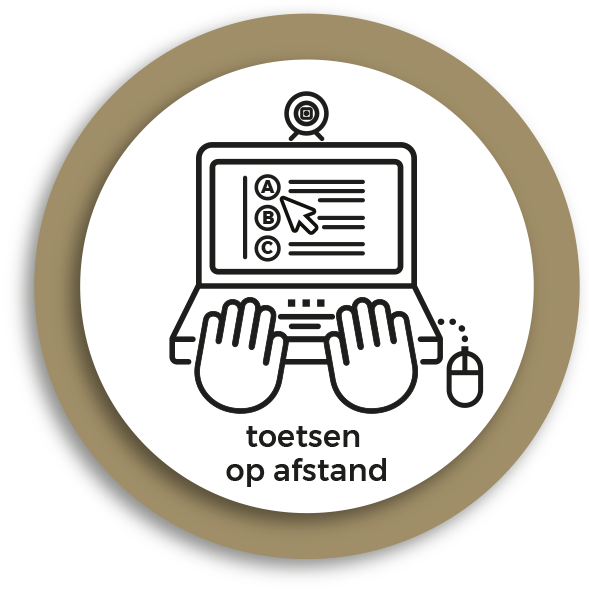Definition
During an observation, a student is observed while carrying out a certain task. For example, a student may have to conduct a performance appraisal, insert a catheter, use a pipette, perform a dance, or give a lesson. An observation can take place in a real-life or a simulated setting.
Online
An online observation can be carried out in three ways:
- Watch an online activity live. This could be an activity that needs to be done online (e.g. using a computer programme) or an activity that takes place online for the …
Approach
Preparation
Assessment form An assessment form is usually used when observing students. Make sure to check that all the assessment criteria can be properly assessed online; do you have all the information you need for each …
Tips
*Show the students a few examples of a recorded online observation before they have theirs (e.g. previously submitted recordings), so that they know what is expected, both in terms of content and the recording. This also allows students to compare themselves with what they see in the recording, so that they can judge whether they are ready. *You could ask the students to hand in an unsuccessful version of the activity with the recorded online observation, so that they can learn from their mistakes. *Give students the opportunity to practice the activity by planning an online meeting. Make sure that they have a copy of the assessment form and let them give each other feedback based on the form. The students learn a lot about their own performance through peer feedback, and also improve their capacity for self-reflection and inspire each other. See this publication from Inholland for more information about organising peer feedback. *Ask the students to watch a previously recorded observation and indicate which aspect they would most like to receive feedback on. This encourages their capacity for self-management. Of course, as the examiner you may also choose to provide feedback on other aspects. *Provide the student with feedback immediately after the online observation and before giving a grade, as this is when the student is most receptive to the feedback. *An online observation is sometimes the end of a long process, such as a creative production, a complex activity or the solution of a problem. In this case, an online observation may seem impersonal and may not be in keeping with the effort made. This should be taken into consideration when deciding whether to conduct an online observation or an observation on location.
References
- Toetsen in het hoger onderwijs (Van Berkel, Bax, and Joosten-ten Brinke 2017) (Assessment in higher education) is a general book about assessment with a chapter on assessment of performance that deals in more detail with the …

